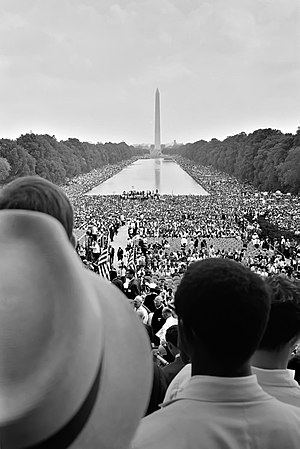a Sermon for Lent 5B
Text: John 12:20-33
Turning Points
On Wednesday, we talked about this pericope as a turning point. We know turning points as specific moments in time in which things change. Sometimes it is a decision we make or a decision made for us. Or perhaps it is an event in which a new direction is catalyzed and we have no choice but to move. We ascribe great importance to these moments. Like attributing Luther’s nailing of the theses on the door as igniting the Reformation, rather than recognizing the currents of history, all of the stuff that was contributing to it. But these moments truly are sparks of a sort.
This pericope is a turning point because we see Jesus moving in a new direction, or more precisely announcing a new direction. It begins with the arrival of the Greeks and ends with a declaration of what is to happen. A declaration unlike the ones in Mark directed at his disciples, this one is public.
It is also interesting to note that the Greeks come through intermediaries. The Greeks come to a Jew with a Greek name, Philip, and who is from the outskirts. Philip brings them to Andrew, who is consistently the one who brings people to Jesus throughout John’s gospel. There is much that we should take from this idea of being on the outskirts and being accessible.
Defining Moments
This is a turning point, make no mistake. It also brings with it a sense of inevitability. This was Jesus’s real direction. He was to go straight this way, then veer off at this moment. But this is no shortcut, but the arc of his trajectory.
We might ask why he didn’t go straight for this trajectory from the beginning. Afterall, the shortest distance between two points is a straight line. But we know that isn’t possible, and certainly not what Jesus inteneded to do. He needed to get here before he could start moving to there.
This inevitable path was was also a response to the decision he made. That decision led to certain inevitable conclusions, including his own death. Lia Scholl, in her commentary on this pericope, made this point. She asked us to set aside the Christological question (the nature of Jesus—as in questions of divinity and relationship to GOD).

Instead, we should notice the similarity of Jesus to other revolutionaries, particulary Martin Luther King, Jr.
She described King as seeing the future. Not in some magic way, but in a reasonable way. As in a visionary way. King, preached a sermon shortly before his assassination in which he fortold his death, saying that he knew what was coming and the movement would grow after he was gone. We know that to be true. It is also strikingly similar to what we are reading here. King, like Jesus, had real vision, prophetic vision. They knew how some would respond to what they had to say about the Kingdom they preached.
The Revolution Itself
Jesus is a revolutionary. He really was taking his people to Jerusalem to die. Just like a military commander taking his people into battle except completely and totally different. They weren’t being taken to slaughter, but to die to themselves.
He says that they can keep going and doing what they are doing. They can live their lives, content with how things are. That is an option. But that is all they get. Instead, they could give up that stuff, that comfortable life, and gain something way better: real life. Vibrant, beautiful life in the Spirit. He gave them that choice. But it wasn’t just for the insiders, it was for everyone. He brought outsiders and outcasts to the group. He welcomed people that weren’t “fit” to be rewarded and he gave the option to them, too.
Our own revolution is about love. A radical love of strangers. We had a great moment Wednesday in which we all got energized by what Jesus was doing here, didn’t we? It seemed to burst right out of us that we are a people of radical welcome and love. We are generous and hopeful and truly caring. This is our mission.
Embracing a New Direction
In turning points, we get a very specific, catalyzing moment: a hinge. And this comes in the midst of our inevitable decisions and trajectory. We are moving in this way, and yet, we still get a choice. A choice like the choice Jesus offers in this pericope about eternal life.
Jesus demonstrates that kind of choice here. He says:
“And what should I say—“Father, save me from this hour’?
This is his opportunity to choose his trajectory: safe or revolutionary. It takes but an instant:
“No”
he says. This is my purpose. This is what I came to do.
After the resurrection, the disciples come to the same conclusion. The Scriptures, the Word, is “opened” to them and they can see. They have vision.
And we get that same chance. To not only embrace our fate, but to make a choice.
To die to ourselves and embrace the calling Jesus has for us: to be a loving community.
Leave a Reply